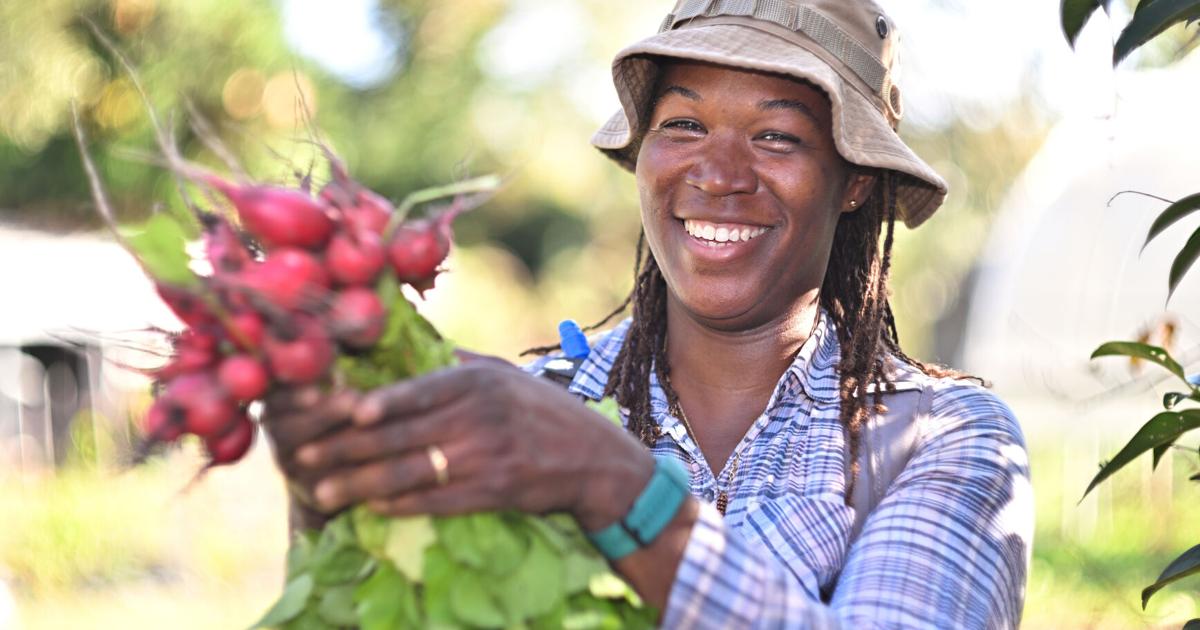“You have a lot of women who are looking at farming and agriculture as really smart businesses to run from home,” said Brown, who leads the South Carolina chapter of the non-profit National Women in Agriculture Association.

Over the past two decades, the share of female farmers in the United States has steadily increased. According to data from the most recent Census of Agriculture, women now make up more than a third of all agricultural producers, a notable rise from 26.9 percent in 2002.
“Whether they have land or not, a lot of them are able to take the skills they might have developed working in nonprofits or for corporations outside of the home, and they can transfer those to the family business,” Brown added.
While there are a record number of female farmers, their presence varies significantly across different farming industries.
Female farmers are most concentrated in livestock operations with smaller animals, specialty crops and greenhouse production. They are less likely to be involved in large-scale commodity farming like oilseeds, grains and tobacco.
Women have the highest representation in sheep and goat farming, where they make up 46 percent of all producers, followed closely by aqua plants and animals. They are also heavily involved in horse farming, which has historically had strong female participation.
Industries that require large-scale infrastructure, such as cattle feed lots and dairy farming, have lower female participation rates, the study noted. Women account for just 28 percent of cotton farmers, 26 percent of oilseed and grain producers, and only 21 percent of tobacco farmers — the lowest share among all major agricultural sectors.
While large-scale poultry production is dominated by major agribusinesses, smaller-scale poultry operations — such as pasture-raised eggs, organic poultry, or specialty breeds — are also common areas for female producers. So are vegetable and melon farming, greenhouse and floriculture production and fruit and tree nut farming.

Lanii Baillie, farm manager, works at Growing Green Family Farms in Greenville Oct. 30, 2024. The number of women running farms in South Carolina has increased 27 percent over the past decade, according to a new study from Trace One.
“These sectors frequently involve intensive management, diversified crop production, and specialty markets, which may attract more women,” the study noted.
(Except for the headline, this story has not been edited by PostX News and is published from a syndicated feed.)

